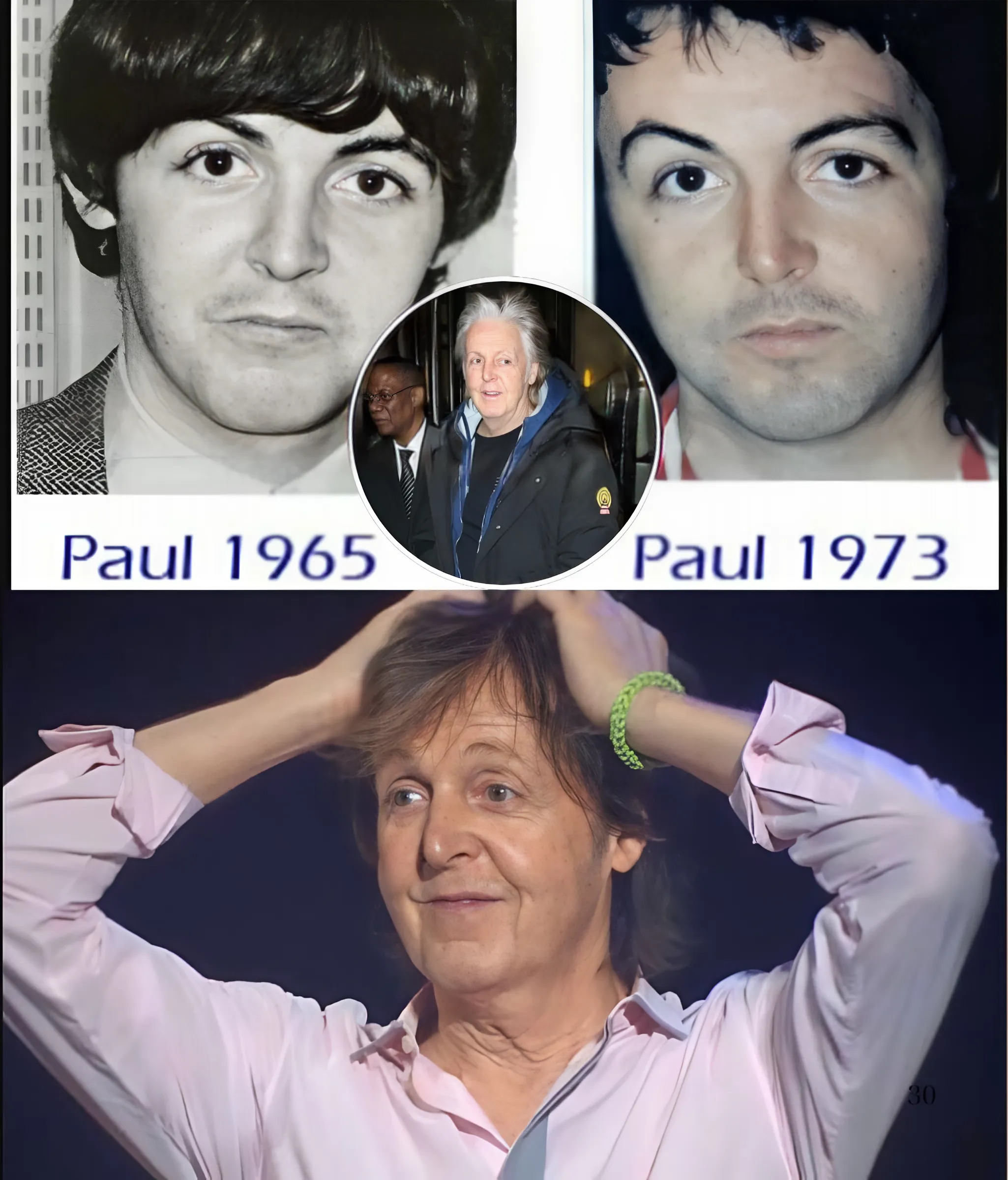
Did the Real Paul McCartney Die in 1966? The Truth Behind the Beatles’ Most Bizarre Conspiracy Theory
It’s one of the most persistent and strange urban legends in music history: that Paul McCartney, beloved bassist of The Beatles, actually died in 1966 and was secretly replaced by a lookalike. While the story has been widely debunked, its longevity and eerie “clues” continue to fascinate fans, conspiracy theorists, and pop culture historians alike.
So, where did this all begin — and is there any truth to it?
The Birth of the Rumor
The theory first gained traction in late 1969, when American college students began circulating the idea that Paul had died in a car crash on November 9, 1966. According to the story, The Beatles, fearing the shock would devastate their fan base, decided to replace him with a lookalike and soundalike — allegedly a man named William Campbell, or Billy Shears, depending on the version.
The supposed replacement was said to have undergone plastic surgery and been carefully coached to mimic Paul’s voice, style, and mannerisms. The band, wracked with guilt, allegedly left hidden messages and clues across album artwork and lyrics to subtly confess the truth.
The “Clues” That Fueled the Fire
Fans quickly pointed to dozens of supposed clues:
-
On the cover of “Abbey Road” (1969), Paul is barefoot, out of step with the others, and holding a cigarette in his right hand — though Paul was left-handed. This was seen as symbolic of a funeral procession, with Paul as the corpse.
-
In “Strawberry Fields Forever,” John Lennon can be faintly heard saying what some interpret as “I buried Paul.” (Lennon later insisted he was saying “cranberry sauce.”)
-
The song “A Day in the Life” includes the lyric: “He blew his mind out in a car…” interpreted by believers as a reference to Paul’s supposed fatal crash.
-
The Sgt. Pepper’s Lonely Hearts Club Band album is said to be a tribute to the “new” Paul, and the lyrics “Billy Shears” supposedly name the replacement.
To skeptics, these were just creative coincidences or the result of over-interpretation by fans hungry for mystery during a turbulent cultural moment.
The Band’s Response
The Beatles, especially Paul himself, dismissed the theory with a mixture of amusement and frustration. In a 1969 interview with Life magazine, McCartney said:
“If I were dead, I’m sure I’d be the last to know.”
He later poked fun at the theory in songs like “Live and Let Die” and even embraced it during interviews and projects, knowing it had become part of Beatles folklore.
Why Did People Believe It?
The theory exploded at a time of cultural upheaval — post-Beatlemania, in the era of Vietnam, counterculture, and a growing distrust of institutions. The Beatles themselves were changing dramatically, both musically and in appearance. Paul went from mop-topped teen idol to bearded avant-garde artist, which some fans viewed as jarring — and perhaps suspicious.
Combine that with cryptic lyrics, psychedelic imagery, and the Beatles’ refusal to explain themselves, and the perfect storm for a conspiracy was born.
What’s the Truth?
The truth is simple: Paul McCartney never died. He continued to write, record, and tour through the decades — releasing solo albums, forming Wings, collaborating with countless artists, and even performing into his 80s. His life has remained in the public eye, with a career spanning six decades, multiple reinventions, and a knighthood in 1997.
Voiceprint analysis, family photos, childhood friends — all confirm the man we see today is the same Paul McCartney born in Liverpool in 1942.
A Legend That Won’t Die
So why does this story persist?
Because, like all good myths, it taps into something deeper: our curiosity, our love of puzzles, and the mystique of The Beatles themselves. The “Paul is dead” theory isn’t really about Paul. It’s about a moment in time — when the world was changing fast, and music felt like a message from something bigger than life itself.
In that sense, the real Paul McCartney never had to die — because the mystery made him immortal.